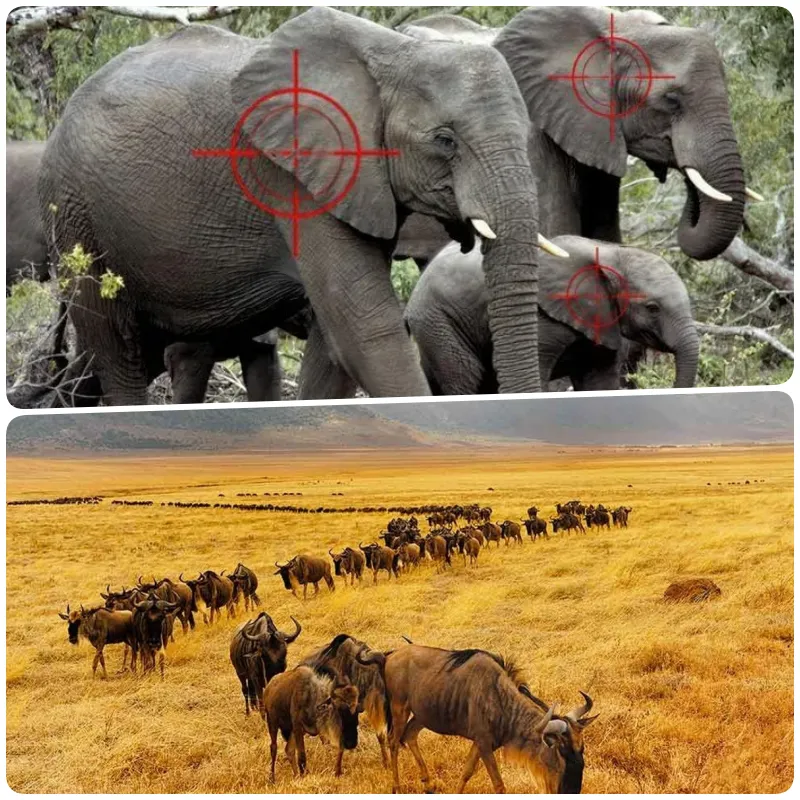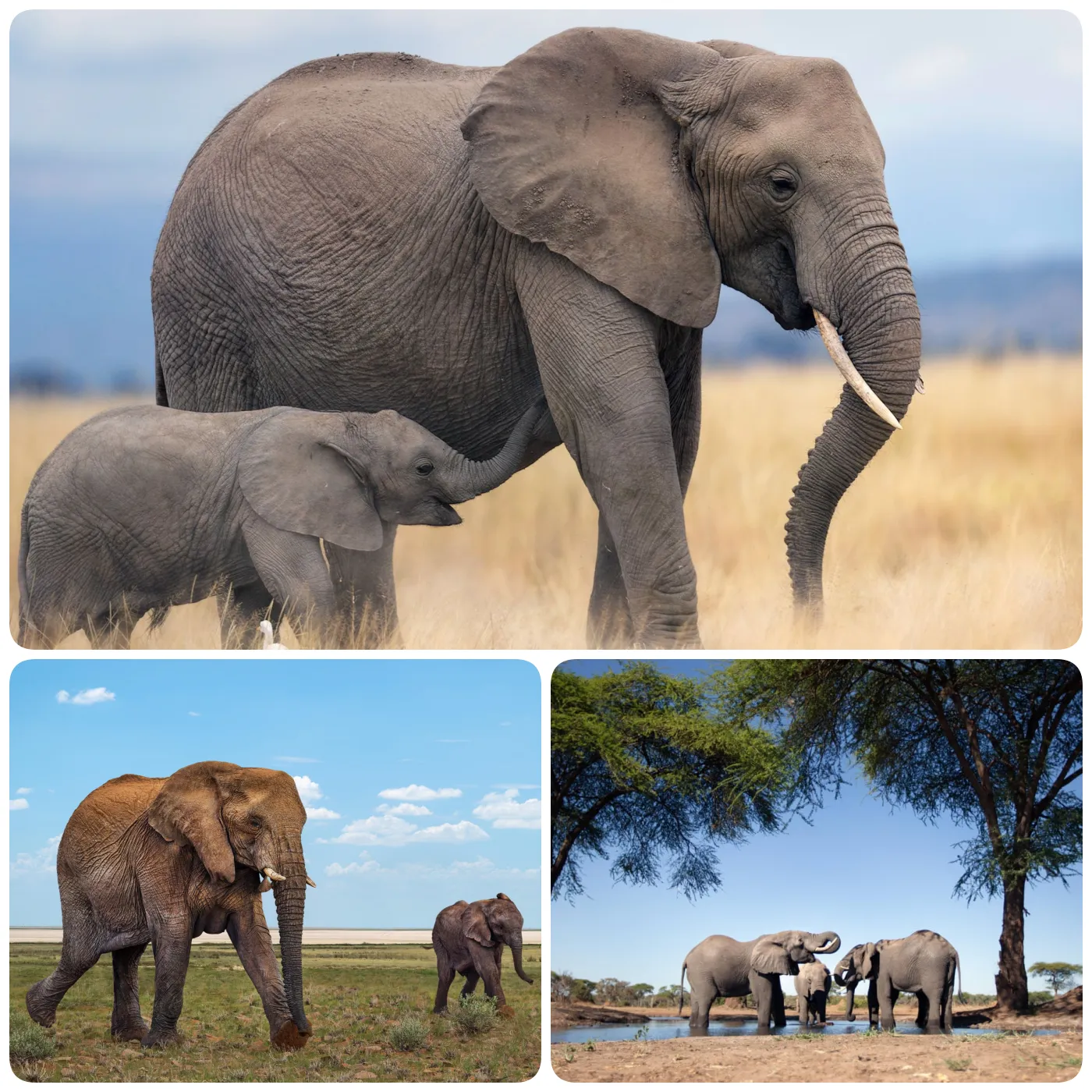
Namibia culled more than 700 elephants and wild animals amid severe drought
Namibia is facing a severe drought crisis, leading to insufficient water supplies and natural pastures for wildlife, the Ministry of Environment said.
In a statement released on August 26, Namibia’s Ministry of Environment said that the country plans to “culminate” 723 wild animals and distribute meat to communities struggling to survive due to severe drought. across South Africa.
“To this end, 83 elephants from identified conflict areas will be culled and the meat will be allocated to the drought relief programme,” the statement said.
In addition to elephants, Namibia also plans to cull 30 hippos, 60 buffalos, 50 antelopes, 100 impalas, 100 wildebeests and 300 zebras as part of this initiative.

Culling will take place in national parks and wilderness areas where the government believes the number of animals exceeds available water and grazing resources.
South Africa is currently experiencing its worst drought in decades, exacerbated by the El Niño phenomenon. According to the United Nations, Namibia depleted 84% of its food reserves last month.
Nearly half of Namibia’s population is expected to face severe food shortages in the coming months. This is a huge challenge for the people here, essential elements such as water and food will be a concern in the near future.
The Ministry of Environment said that without intervention, conflicts between humans and wildlife will increase due to severe drought.

It is known that contracts signed with the government, professional hunters and companies have destroyed 157 wild animals, yielding nearly 57 tons of meat.
“This measure is necessary and in accordance with the provisions of our constitution, which regulates the use of natural resources for the benefit of the people,” the Namibian Ministry of Environment explained.
It is estimated that more than 200,000 elephants live in a large reserve spanning five southern African countries: Zimbabwe, Zambia, Botswana, Angola and Namibia, making it one of the largest elephant populations in the world. gender.






